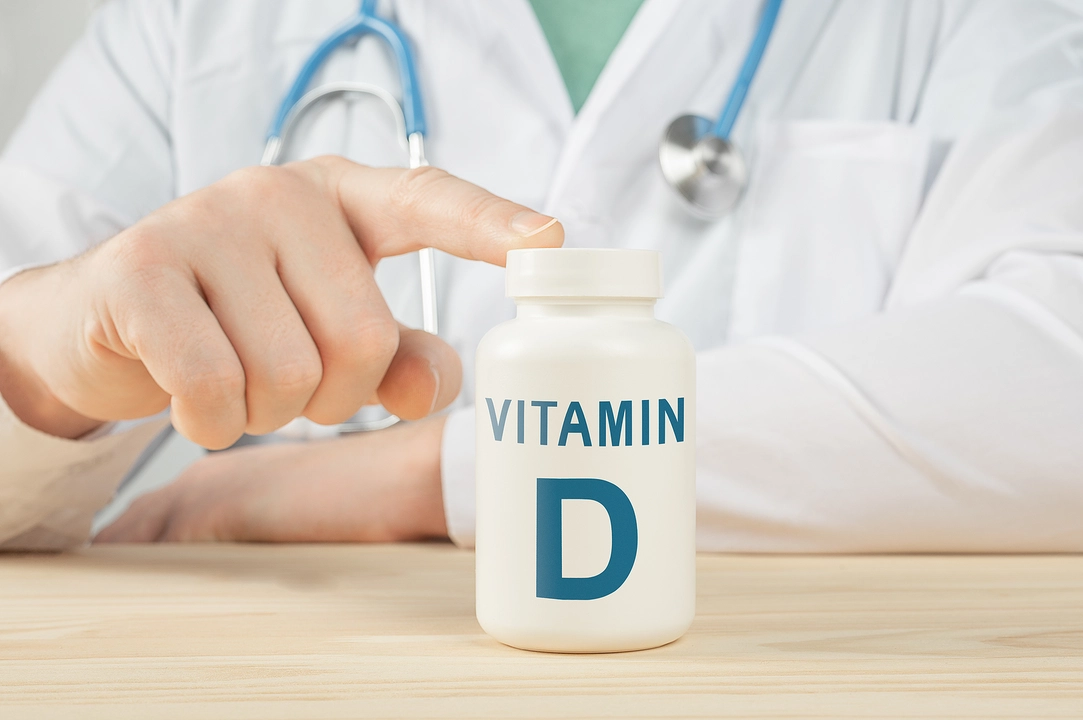Bone loss: what to know and what to do today
Worried about weak bones? Bone loss can sneak up on you. It raises your risk of fractures and makes everyday things—like slipping or lifting a box—more dangerous. The good news: you can slow it, and often improve bone strength with simple, concrete steps.
Everyday prevention and habits that work
Move more. Weight-bearing exercise (walking, jogging, stair climbing) and strength training build bone. Aim for at least 30 minutes most days and two sessions of muscle work per week. Add balance exercises—like single-leg stands—to lower fall risk.
Eat for bone strength. Get enough calcium (about 1,000–1,200 mg daily for most adults) through dairy, fortified plant milk, canned fish with bones, or supplements if needed. Don’t skip protein—muscles support bones. Vitamin D helps your body absorb calcium; many adults need 800–1,000 IU daily or a dose your doctor recommends.
Cut habits that harm bone. Heavy drinking, smoking, and very low body weight speed bone loss. Limit alcohol, stop smoking, and aim for a healthy weight. Also watch medicines that affect bone—long-term steroids, some seizure drugs, and certain breast cancer treatments can weaken bone. Talk to your prescriber about risks and alternatives.
Tests, treatments, and when to see a doctor
Ask for a DEXA scan if you’re over 65 (women) or 70 (men), after a fragility fracture, or if you have risk factors like early menopause, long steroid use, or family history. A DEXA gives a bone density score and helps guide treatment. Your doctor may also check calcium, vitamin D, thyroid function, and celiac disease when they investigate bone loss.
Medications help when lifestyle changes aren’t enough. First-line drugs include bisphosphonates (like alendronate) to slow bone breakdown. Others include denosumab, teriparatide, and raloxifene—each works differently and suits different people. These drugs reduce fracture risk but can have side effects, so discuss benefits and risks with your clinician.
Prevent falls at home: remove loose rugs, add grab bars, improve lighting, and use a stable step stool. Wear supportive shoes and consider vision and medication reviews to cut fall risk further.
Follow up regularly. Bone density and fracture risk change over time. Repeat DEXA scans as your doctor recommends and track progress. If you notice height loss, back pain, or a sudden fracture from a minor fall, see a doctor right away.
Bone loss doesn’t have to be a sentence. With the right tests, daily habits, and, when needed, medication, you can protect your bones and keep your independence. Start with one small change this week—take a 20–30 minute walk, add a calcium-rich snack, or ask your doctor about a bone check.
Vitamin D and Bone Loss: What You Need to Know
As a blogger, I recently explored the connection between vitamin D and bone loss, and I want to share some crucial information with you all. It turns out, vitamin D plays a vital role in maintaining our bone health by helping our bodies absorb calcium. Unfortunately, many of us are deficient in this essential nutrient, which can lead to bone loss and an increased risk of fractures. To prevent this, it's important to get enough vitamin D through sunlight exposure, a balanced diet, or supplements. Taking care of our vitamin D levels is a simple yet effective way to keep our bones strong and healthy throughout our lives.

